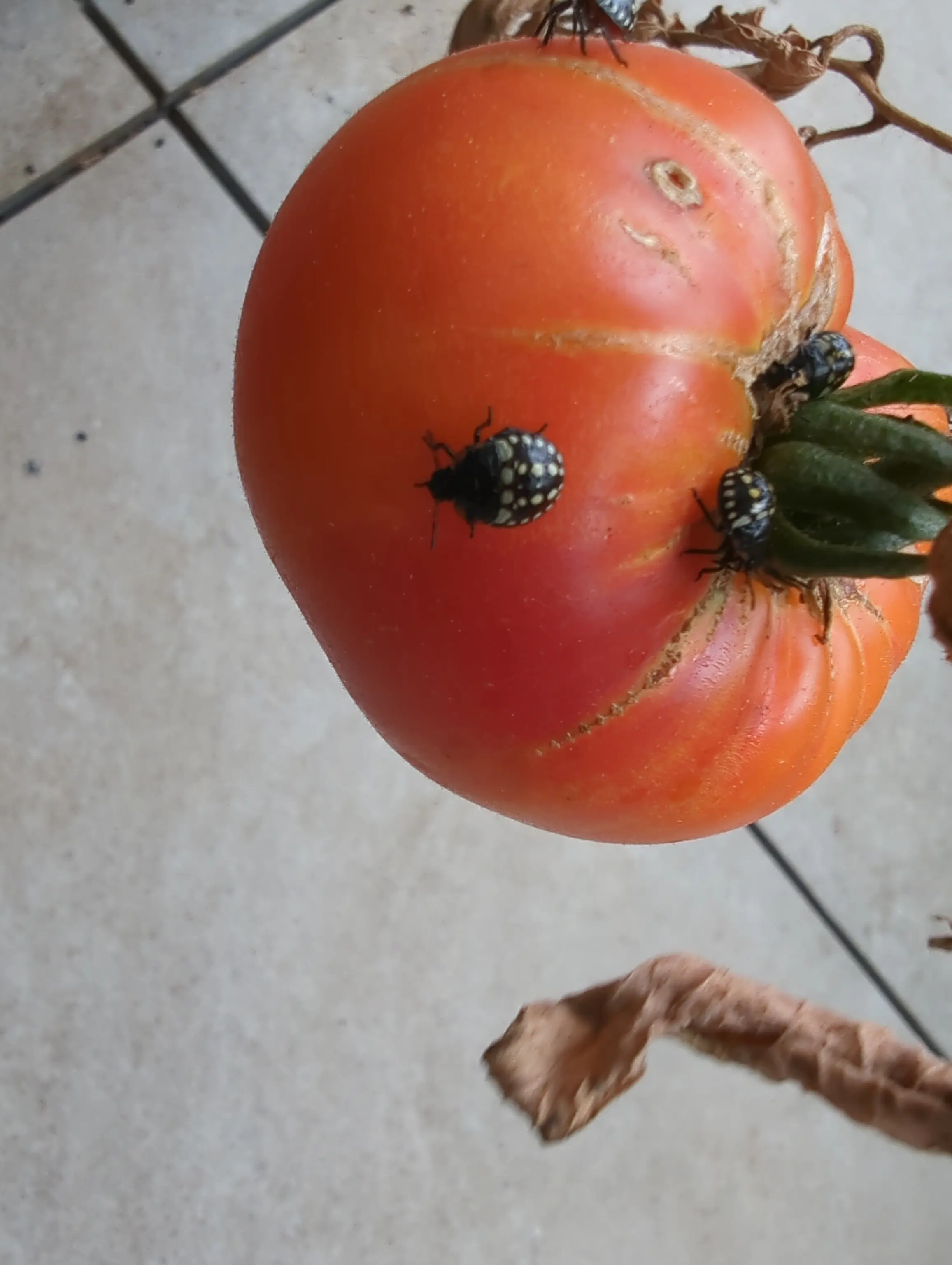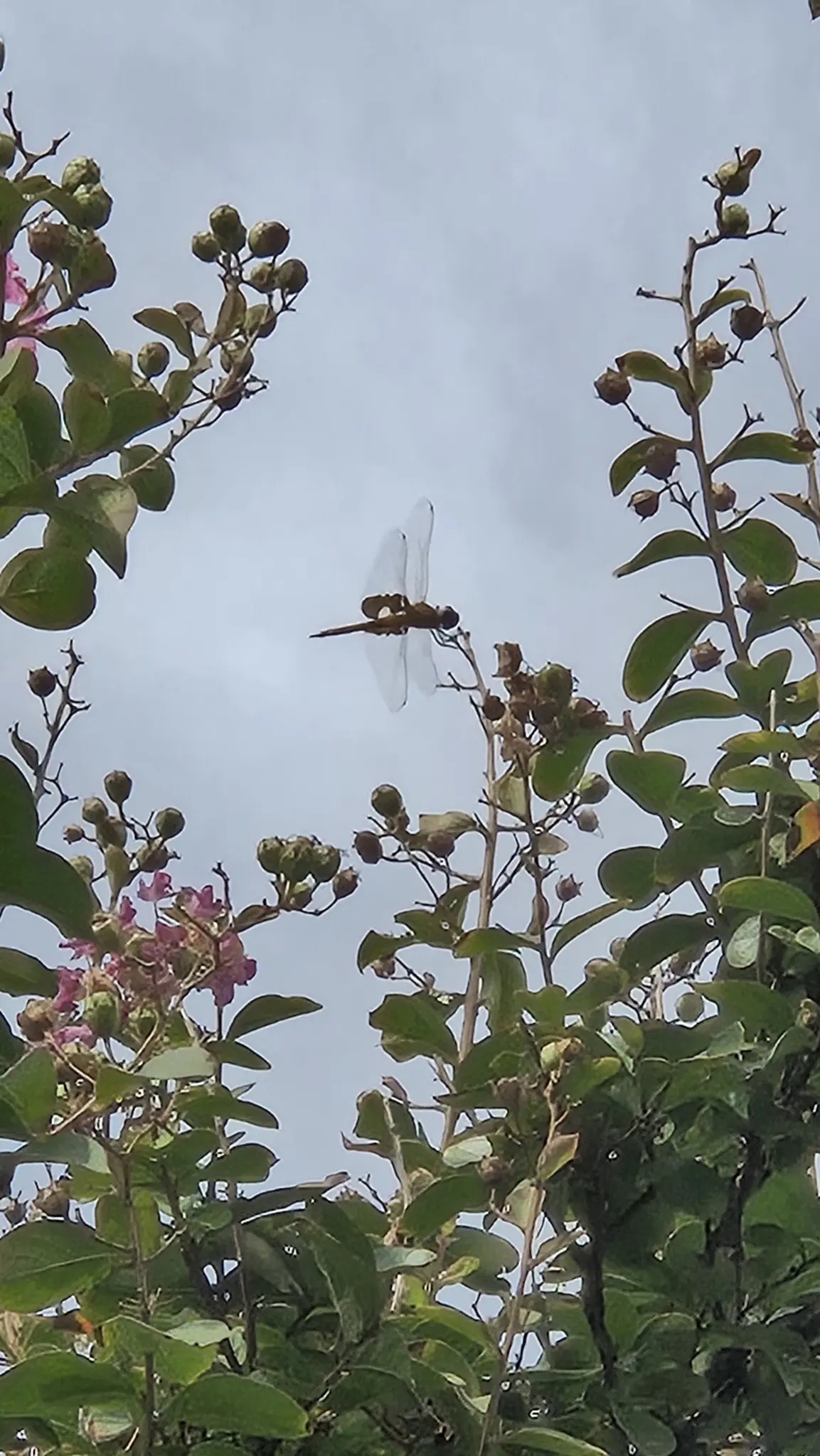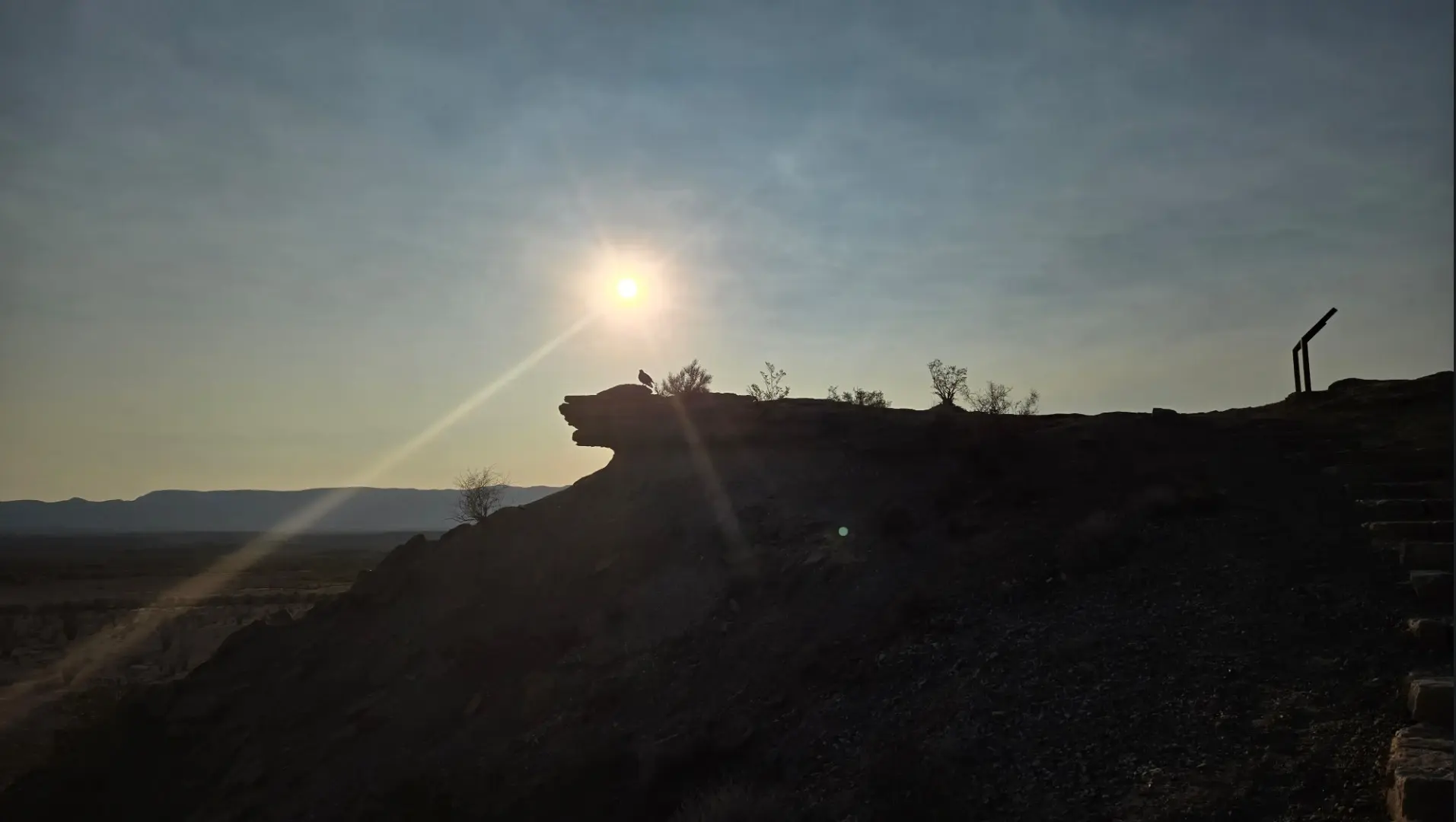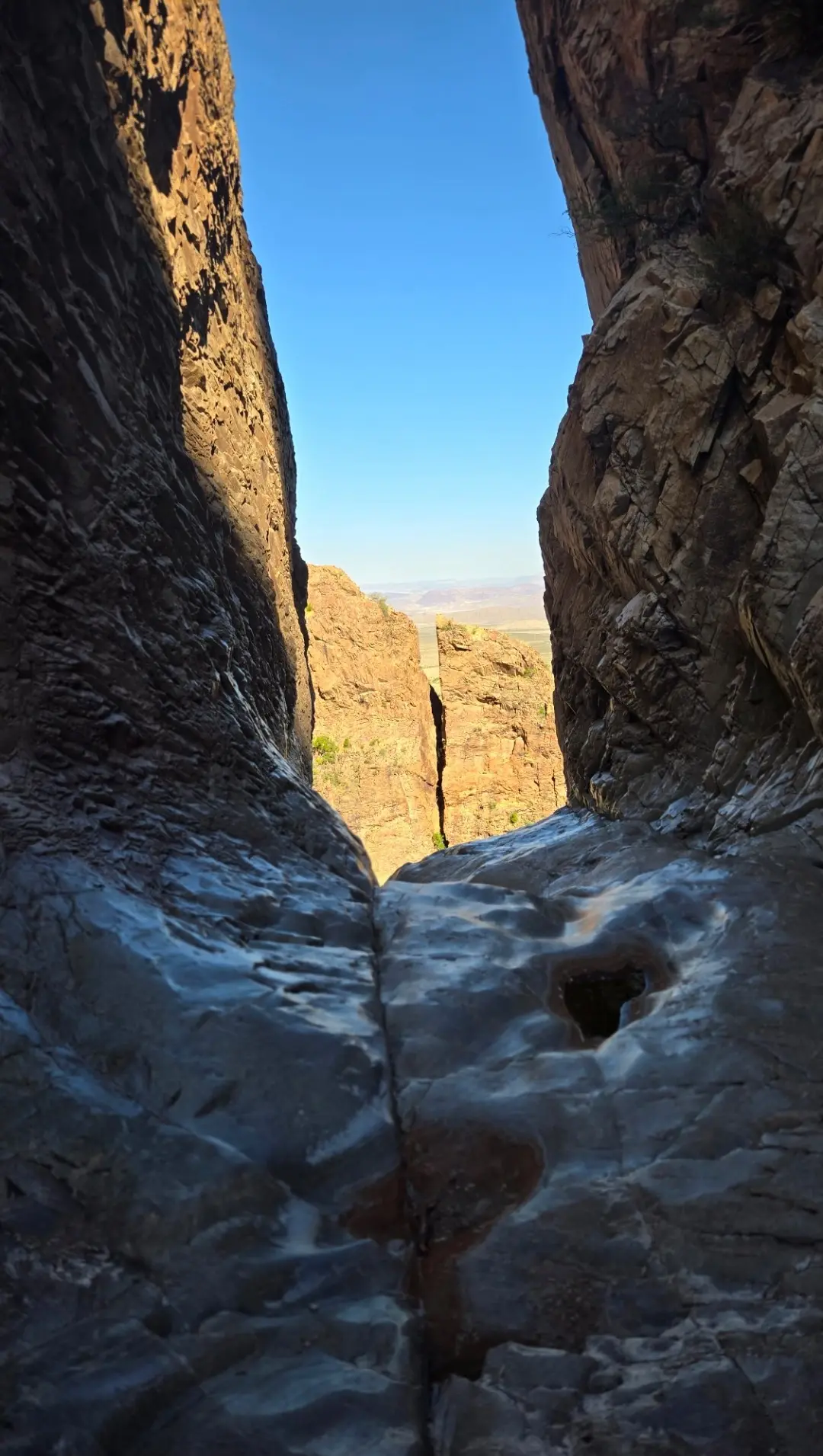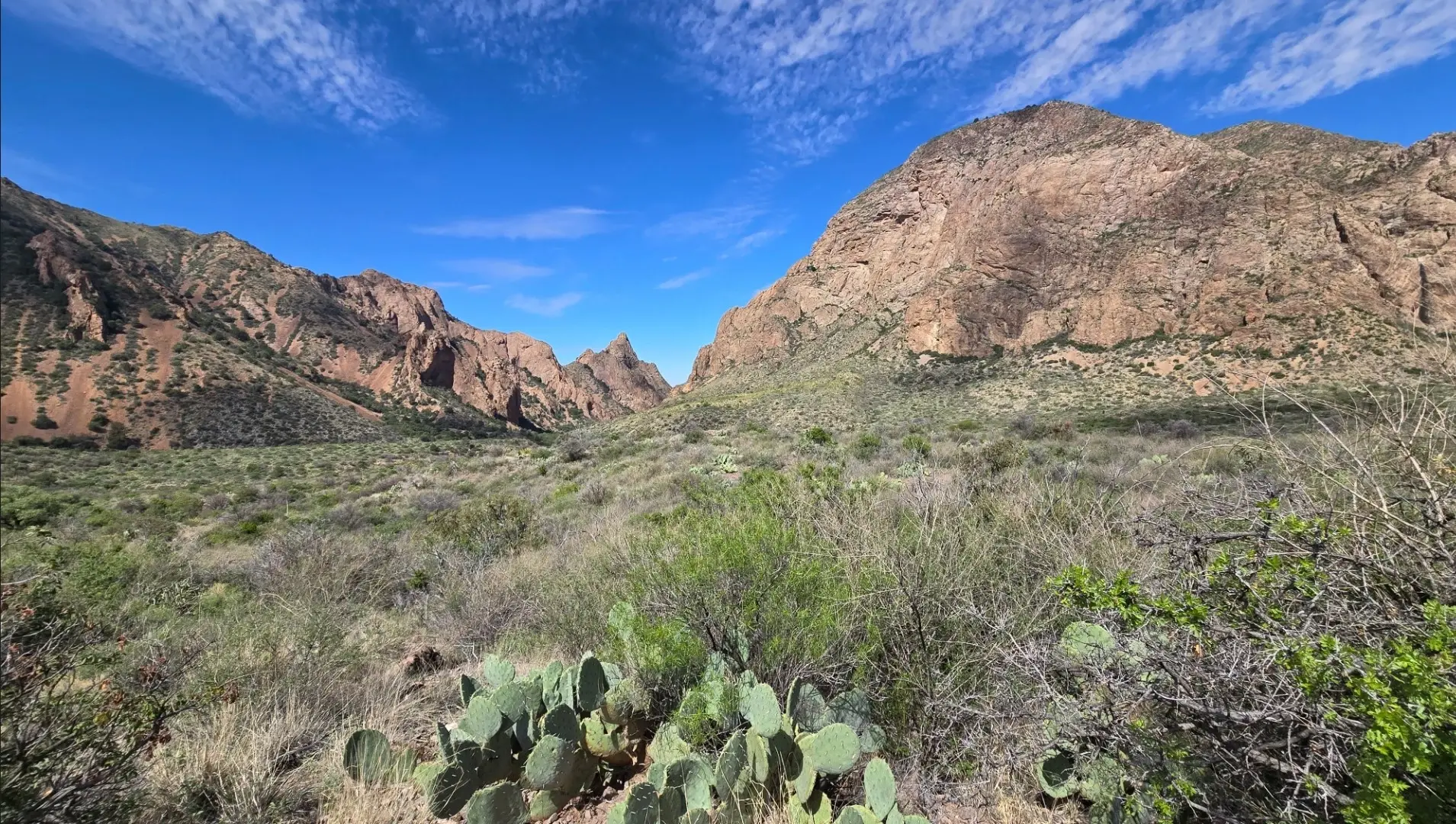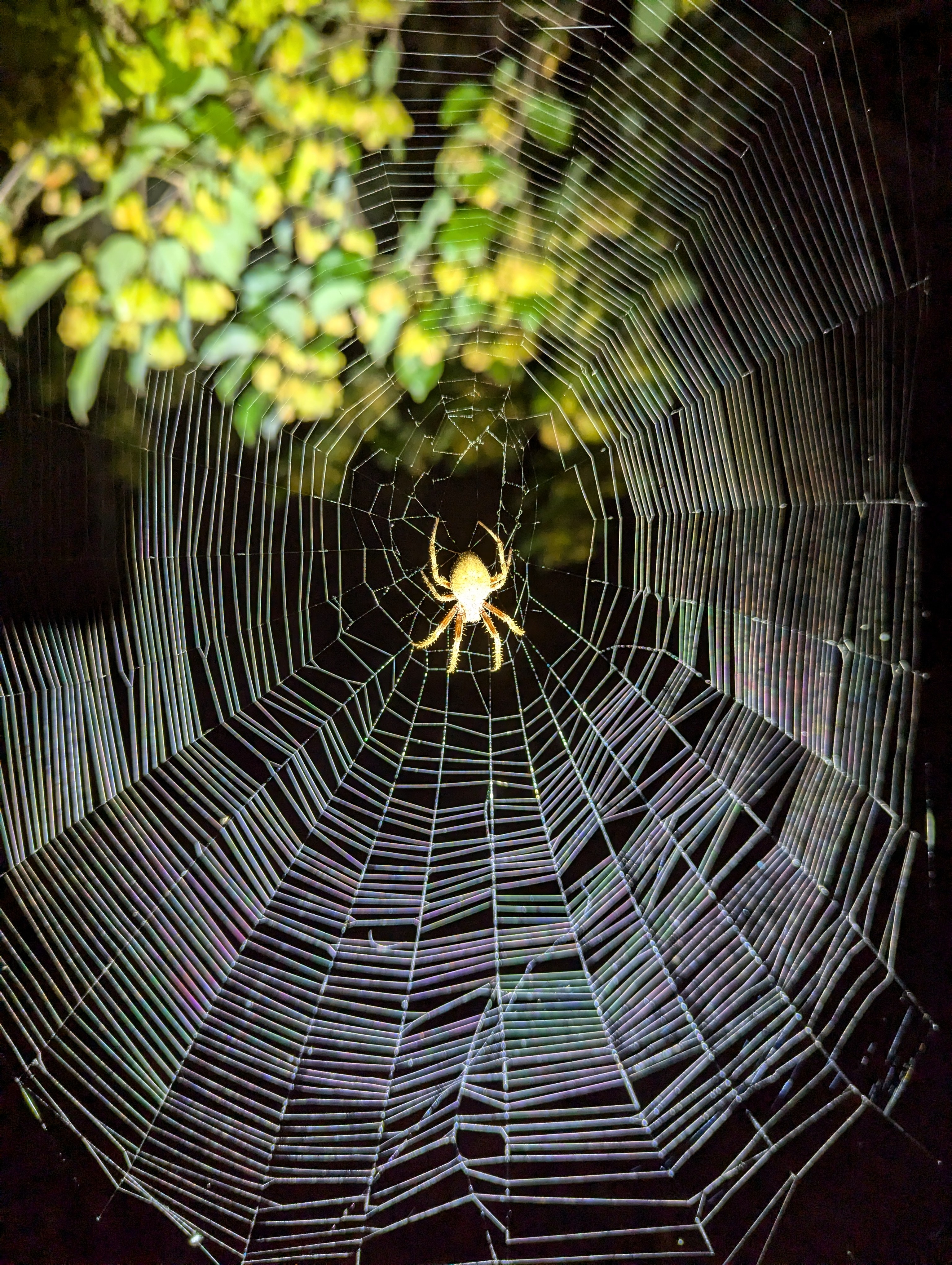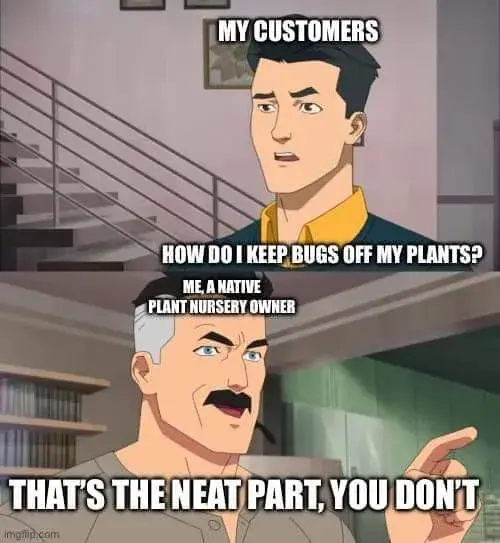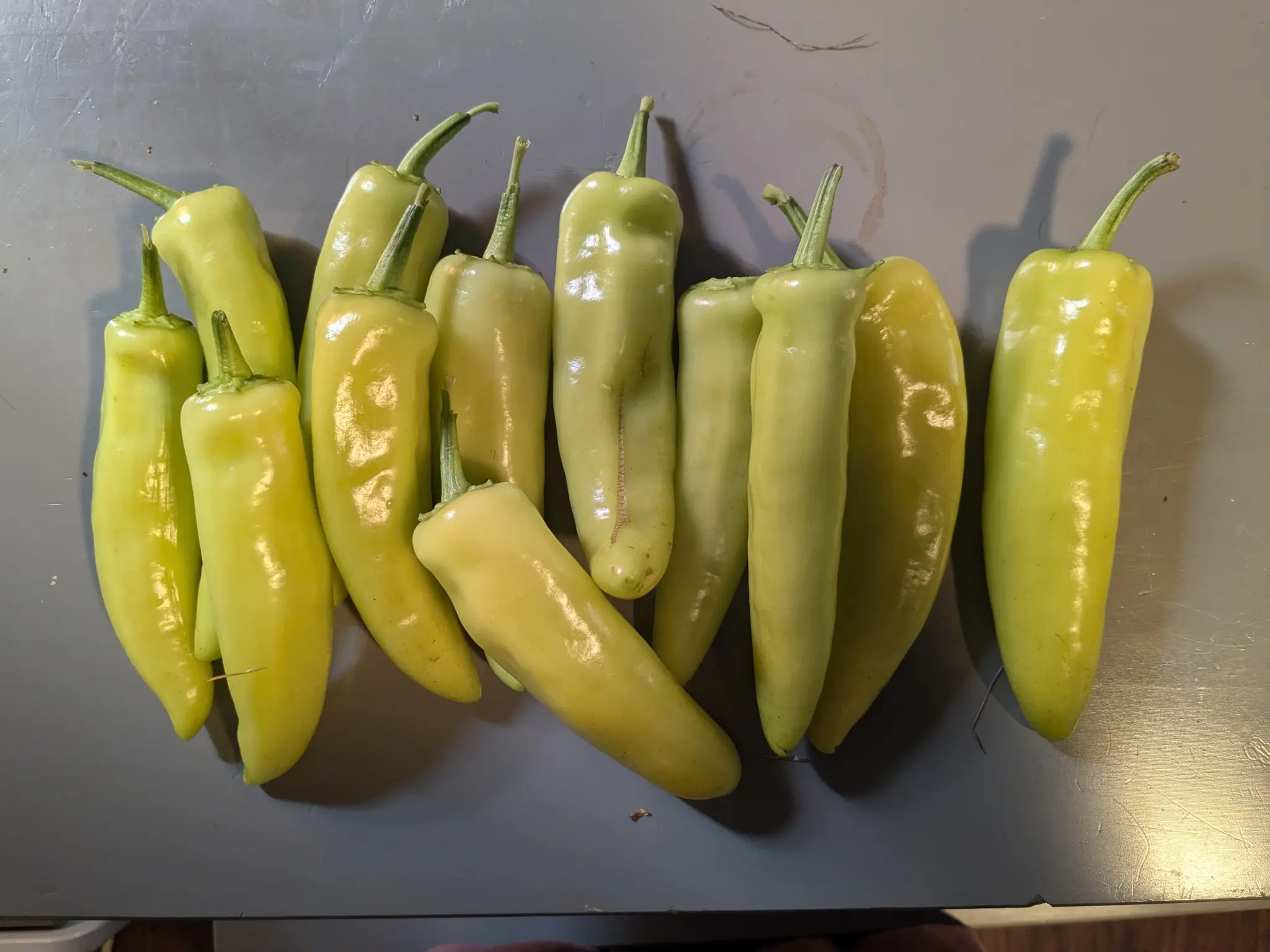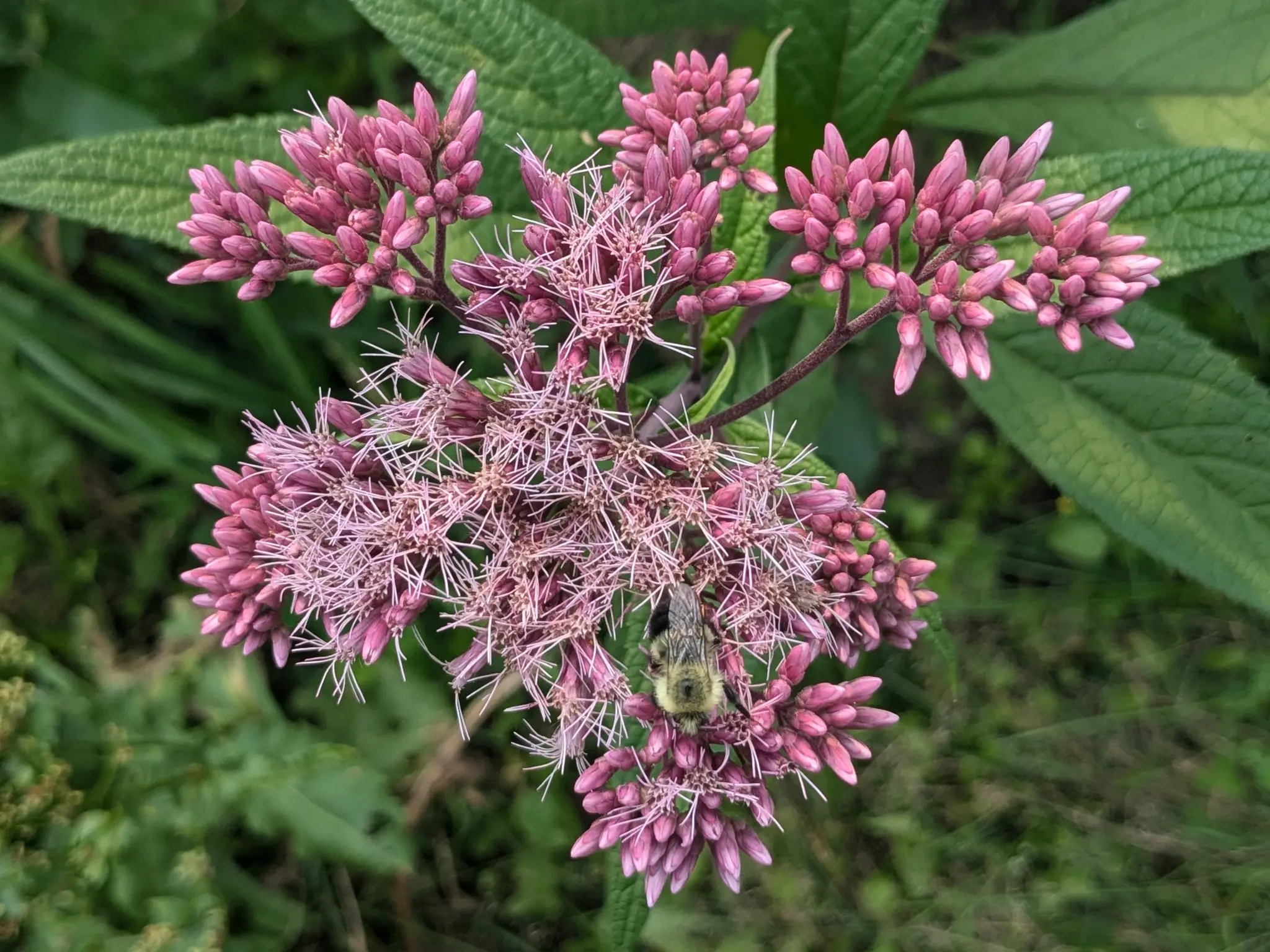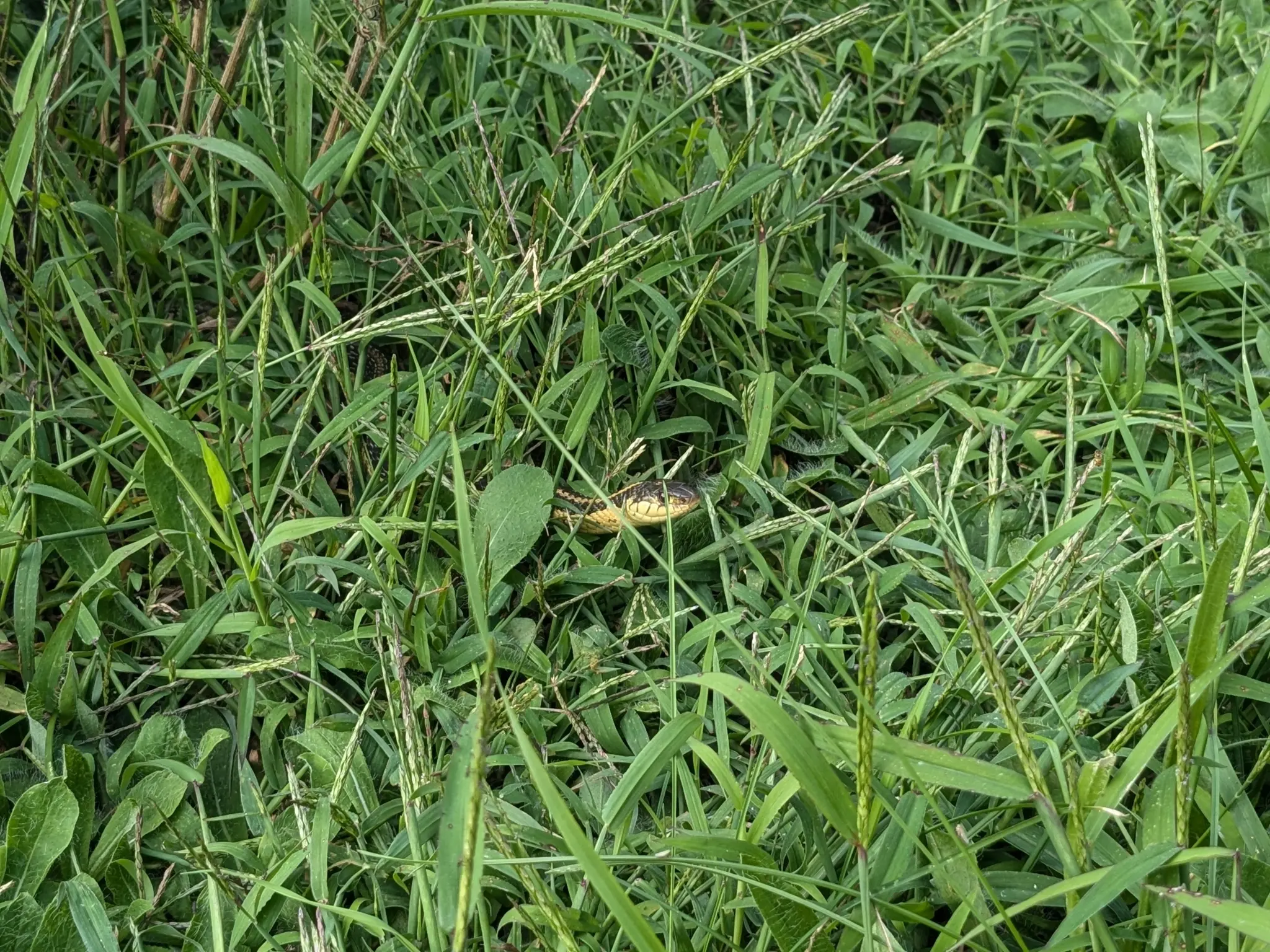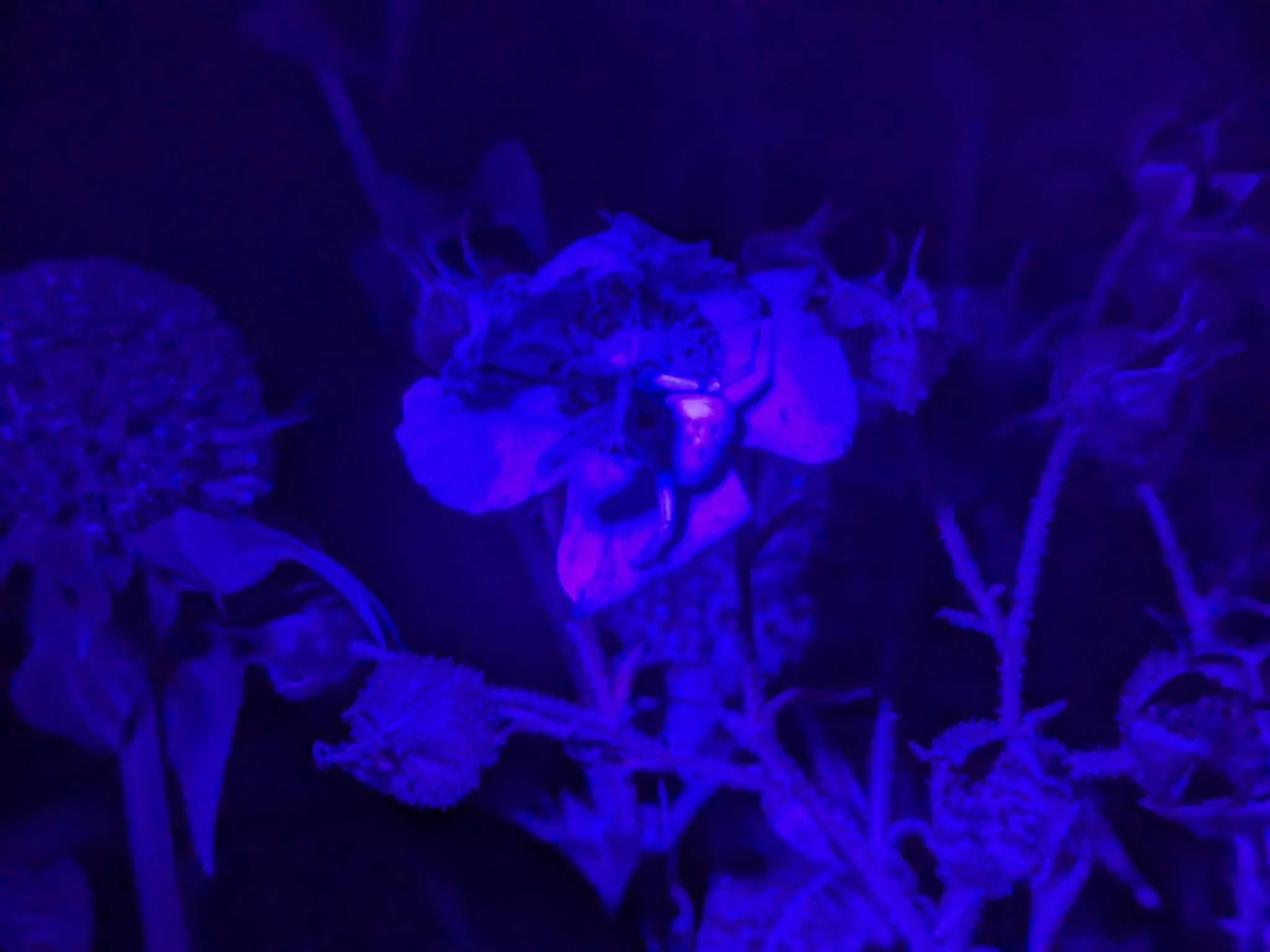Hey folks, here is a video I made detailing some of the ways that we're using "slash" - limbs from trees we've selectively removed - to make some of our forest gardens more productive in various ways. Piped was giving me issues so the canonical youtube is linked
Tl;dw :
Down in our woods there is considerably more light reaching the forest floor this year. Some of that is due to storm damage that took down or killed several large pines, but another part is due to us removing a number of American Beech. The Beech is over represented in our woods and casts a large amount of shade, and many Forest Management Plans in our region begin with removing these to release light to the forest floor.
Because of the abundance of materials from removing these trees, we're able to use the various parts of the limbs to accomplish several important stewardship tasks - mulching, building brush piles, and collecting round poles for infrastructure improvements. This contrasts with chop and drop practices in tropical climates in part due to differences in lignification of trees; another difference is the rate of decomposition, which is greatly influenced by abundant heat and moisture.
Mulching
Mulching with leafy material does a few things: it provides moisture retention for the soil, which helps plants, micro-, and macroorganisms to avoid extreme conditions. It hampers the germination and growth of unwanted plants in the mulched space and allows for the desired plants to have better access to nutrients. And it also provides many of the nutrients necessary for vegetative growth as it breaks down through weathering and biological processes.
When processing these limbs for leafy material (sometimes called green manure) I like to use either two handed loppers or a pair of hand shears made for woody plants. While I could run the smaller side branches through a chipper, that greatly impacts the amount of exposed surface area and will absolutely change the way these materials break down as well as which organisms are acting upon them. There is a trade off between efficiency / speed and the breadth of processes that will occur, and in this case I'd prefer a greater number of biological processes. (Quick note - spring and summer branch wood contains enough nitrogen to hot compost the carbon they contain as long as you have the requisite amount of material for hot composting). Mulching like this tends to be most effective when it is several overlapping layers deep. Because our space is fairly well protected from wind, I cut the leaves with very little of the branch connected; for folks with windier spaces interested in doing this, it's perfectly good to keep more of the branch wood connected to keep your mulch in place.
Brush Piles
When a tree falls, many of the branches become entangled and overlapped, which provides protected nesting and foraging spaces for small woodland creatures that are prey for larger animals. We can build this same habitat infrastructure from leafy branches or even just the branch wood if the leaves are needed elsewhere. These sorts of protective spaces reinforce multiple links in the local food web and that stronger ecosystem will cycle more nutrients back to the soil in a positive feedback loop.
A key aspect of these brush piles is the void space between the multiple layers - most guides call for enough layers of material to be several feet high, with each layer laid perpendicular to the previous one, for the most bang for the buck (ecologically speaking). The void space and gaps are where the animals will creat passageways and nesting spaces, so it's good to leave the branches mostly intact. Branches rarely grow perfectly flat, so leaving shoots and side branches attached will create variety in the gaps left after construction, which helps a wider variety of animals as each can find the spaces most suitable to their needs.
Alternatively, using fewer layers to construct small brush piles around plants we're trying to grow can help to deter animal browse and can often be better for young plants than full sun access. When I use the branches in this way, I find benefits to breaking down the previous stick layer (cutting them smaller and increasing surface contact) before adding a new layer of brush. Higher surface contact with increase the rate of breakdown in the older wood, releasing more of the carbon to the soil than if they were left with gaps.
Infrastructure
Remaining trunks and thick branches are resources too - Beech has a great value as firewood and we use our woodstove for heat and some cooking during the colder months. Smaller diameter round poles from smaller trees or thick-ish branches that aren't good firewood size get turned into small fences, tipis, or other trellising structures for our vines or plants that need support. I find that using the more flexible tips of branches can make for some visually interesting patterns. Leftover offcuts from those projects will either be saved for future projects or used for biochar feedstock in our kiln before being added to compost or bird bedding and eventually to new gardens.
Anyway, that's some of what we do with trees we remove when we remove them. Do you do forestry practices like this and have other use cases to suggest? Have trees and want to do this but have more questions? Neither of the above but you're interested? Let's discuss!
